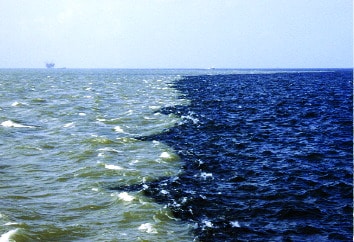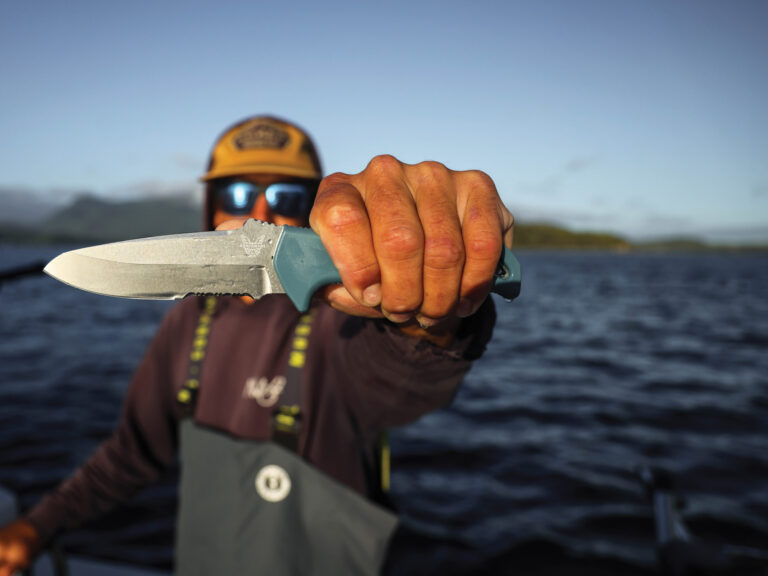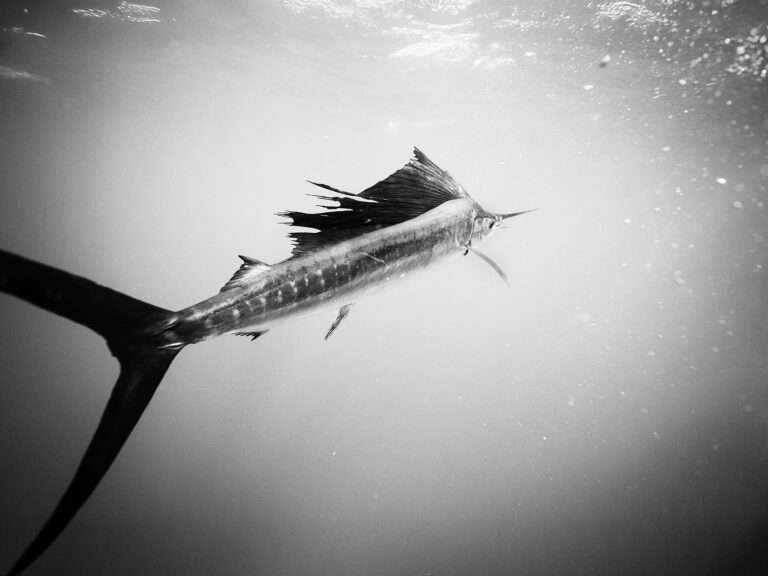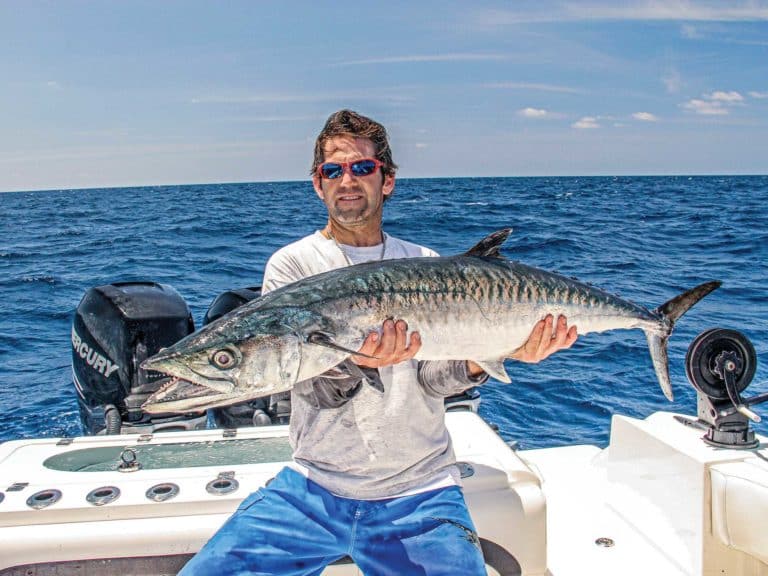
dead zone gulf
“Dead zones” occur in the most of the world’s oceans. These massive plumes are devoid of life as nothing is capable of surviving there. Most fishermen have heard of the Gulf of Mexico’s Dead Zone, but few understand what it actually is. Here are the basics…
The Mississippi River serves as the drainage basin for over forty-percent of the continental United States. As such, the aggregate runoff and seepage makes its way into the Mississippi where it’s carried downstream and into the Gulf of Mexico.
The National Oceanic and Atmospheric Administration hypothesizes the annual agricultural and treated sewage discharge into the Gulf via the Mississippi exceeds 1,700,000 tons or 3,400,000,000 pounds of potassium and nitrogen. To put that into perspective, it’s the equivalent of 168 million 20-pound bags of fertilizer.
These compounds are the basic building blocks for single-celled plant-like organisms known as phytoplankton. Once force-fed these nutrients, the supercharged organisms reproduce uncontrollably, in what scientists referred to as an algal bloom. As microorganisms reproduce they consume more oxygen than they produce. Here, seasonally depleted oxygen levels fall below 2 mg/L (~6-8 mg/L is normal) or 2.002284606 parts per million in a phenomenon called hypoxia.
The Gulf’s dead zone is located near the Louisiana continental shelf (off the coasts of Louisiana and Texas) and annually varies in size from 21,756 square kilometers (8,400 square miles) to a record low of 39 square kilometers (15 square miles) in 1988
The Gulf’s dead zone begins forming in the late spring and continues through midsummer when it peaks. By fall, the oxygen returns to normal levels and the dead zone disappears. This is due in part, to the formation of tropical storms which break dead zones apart.









